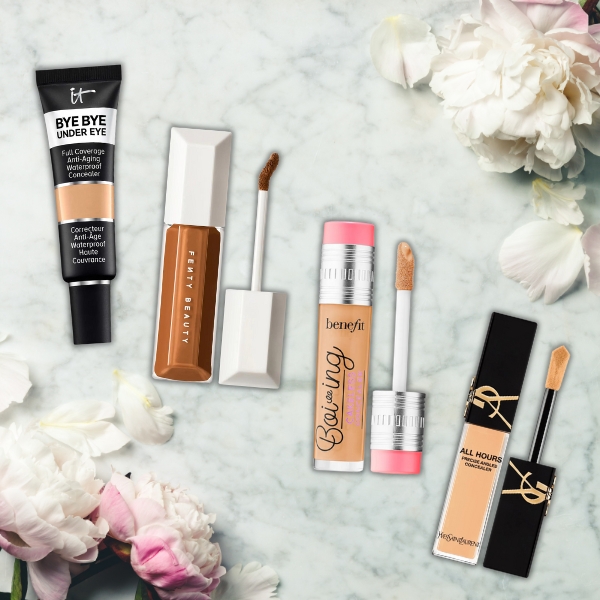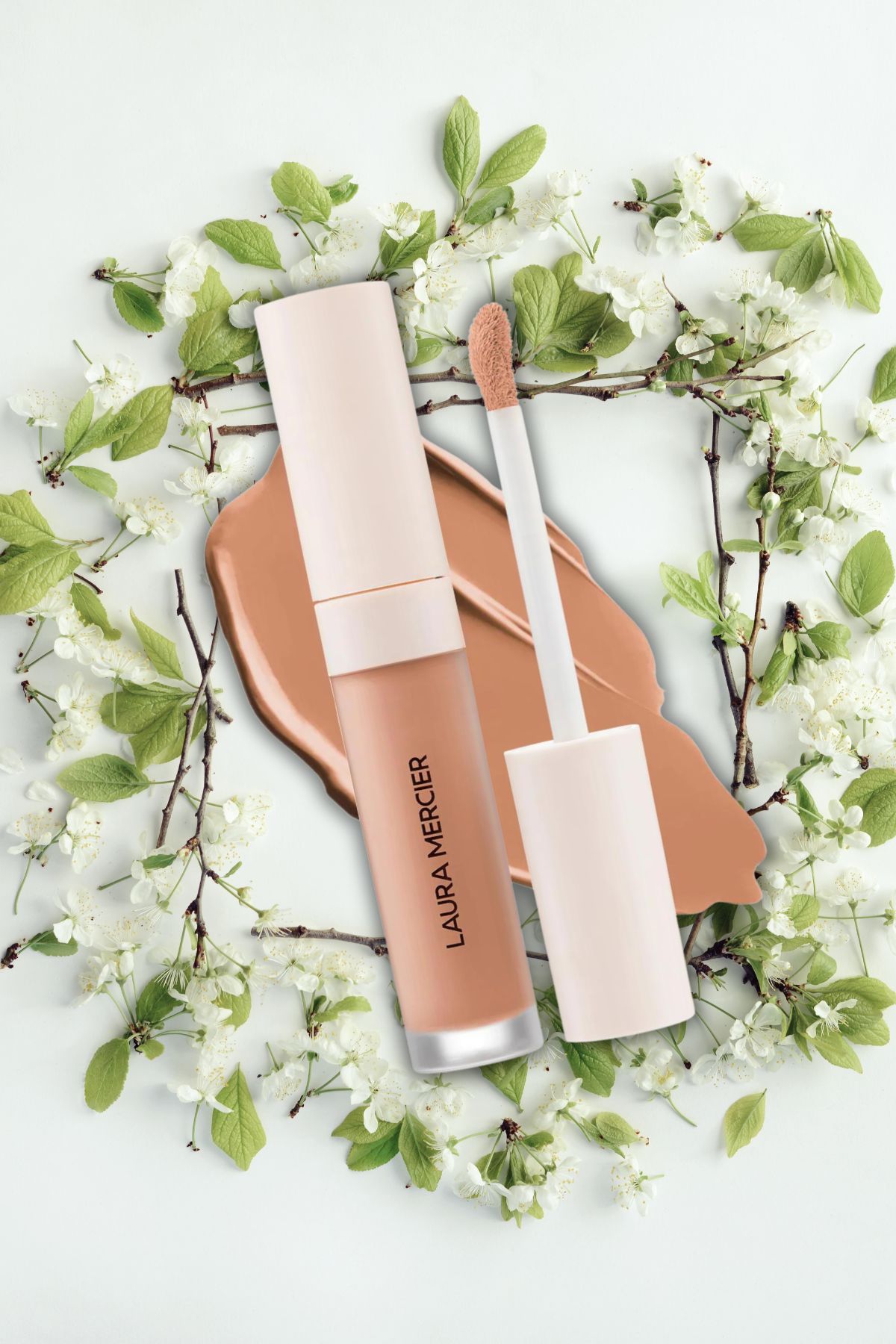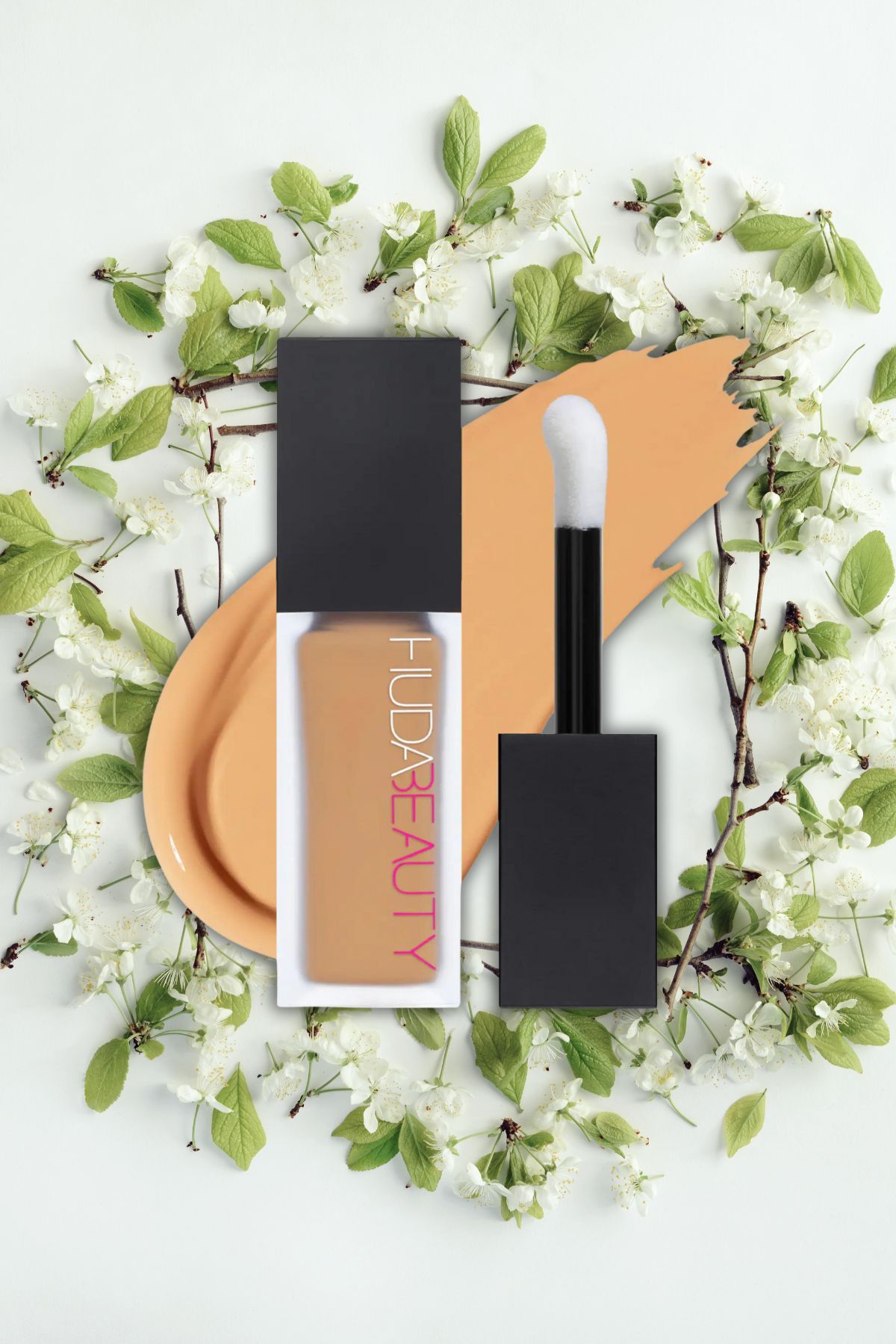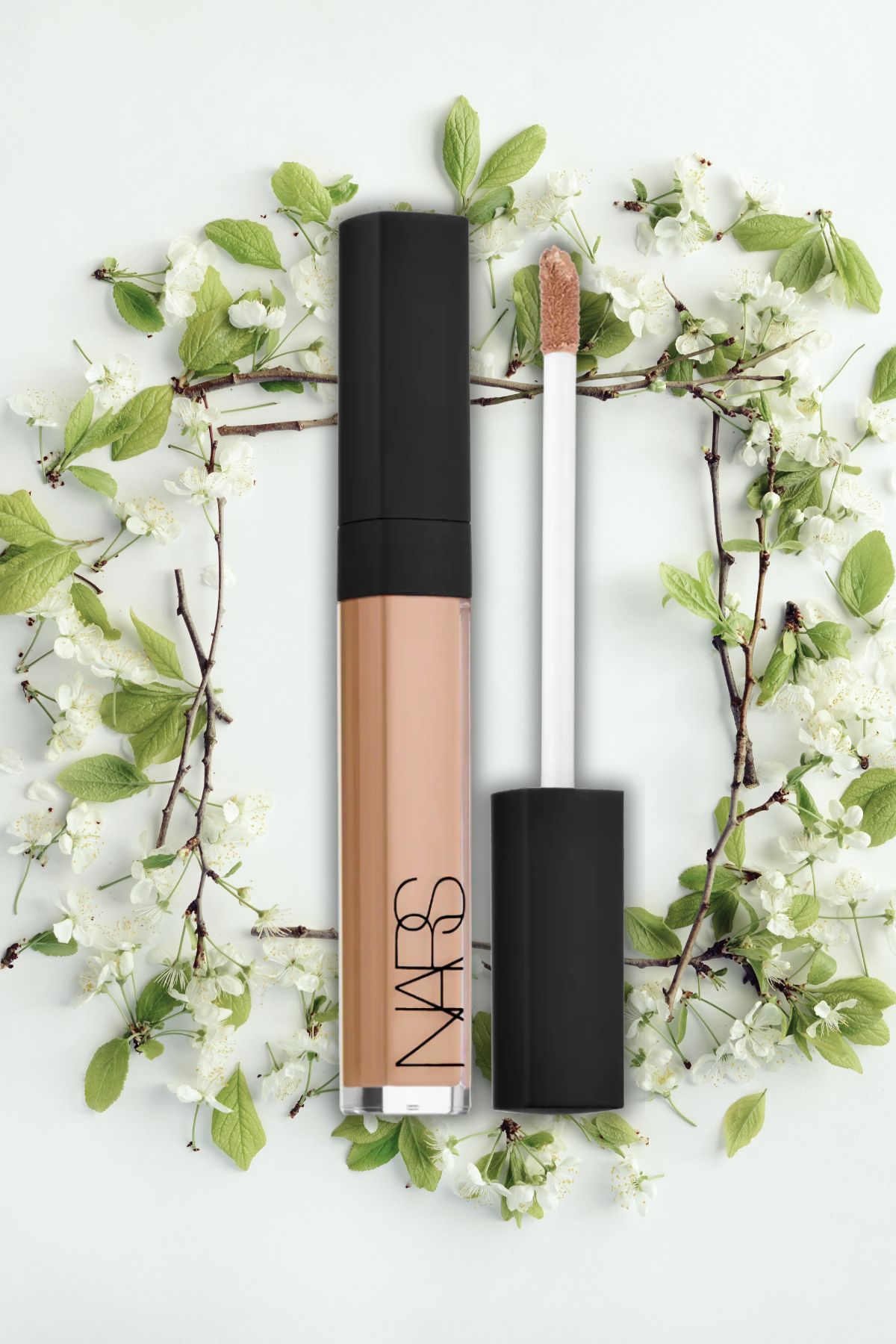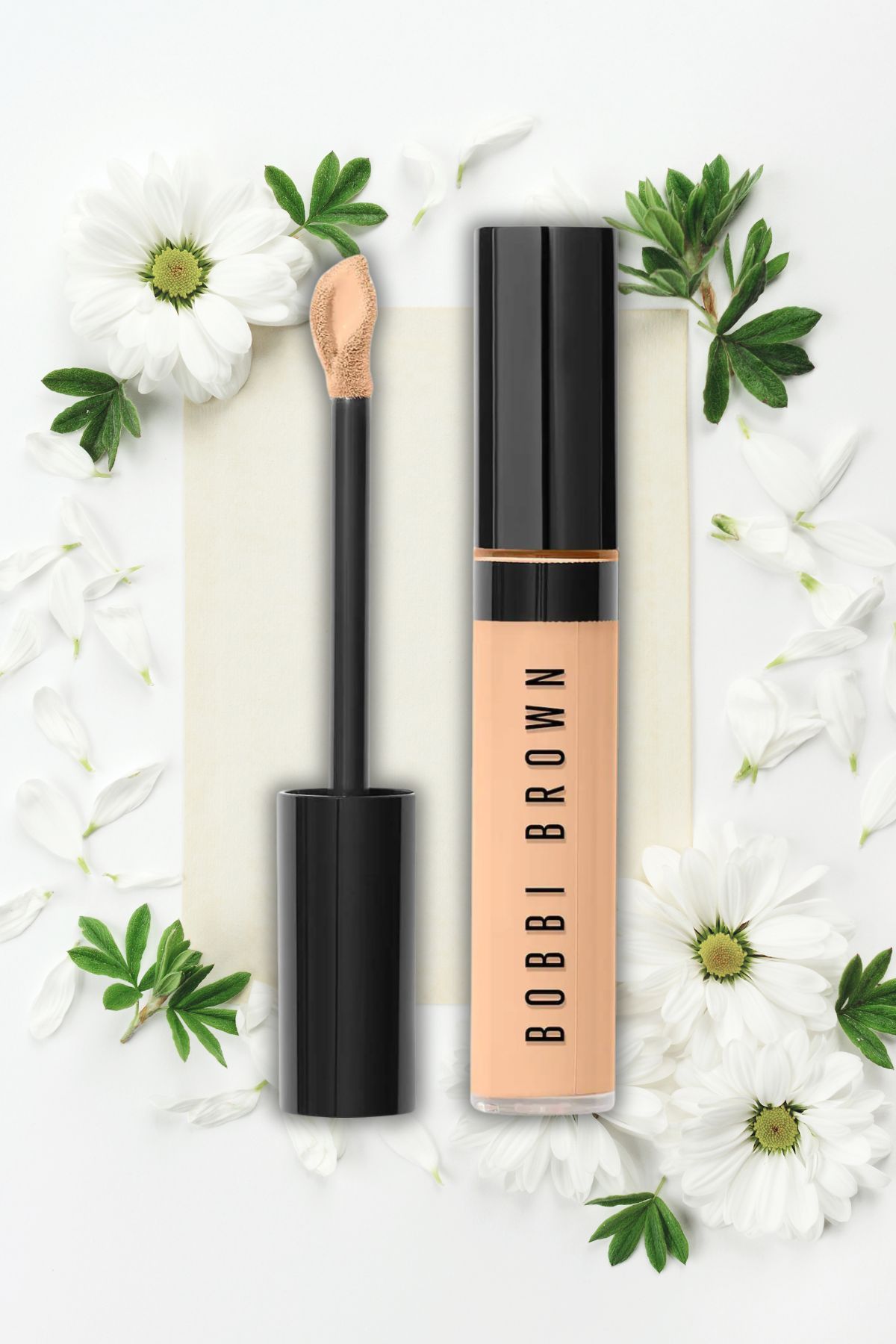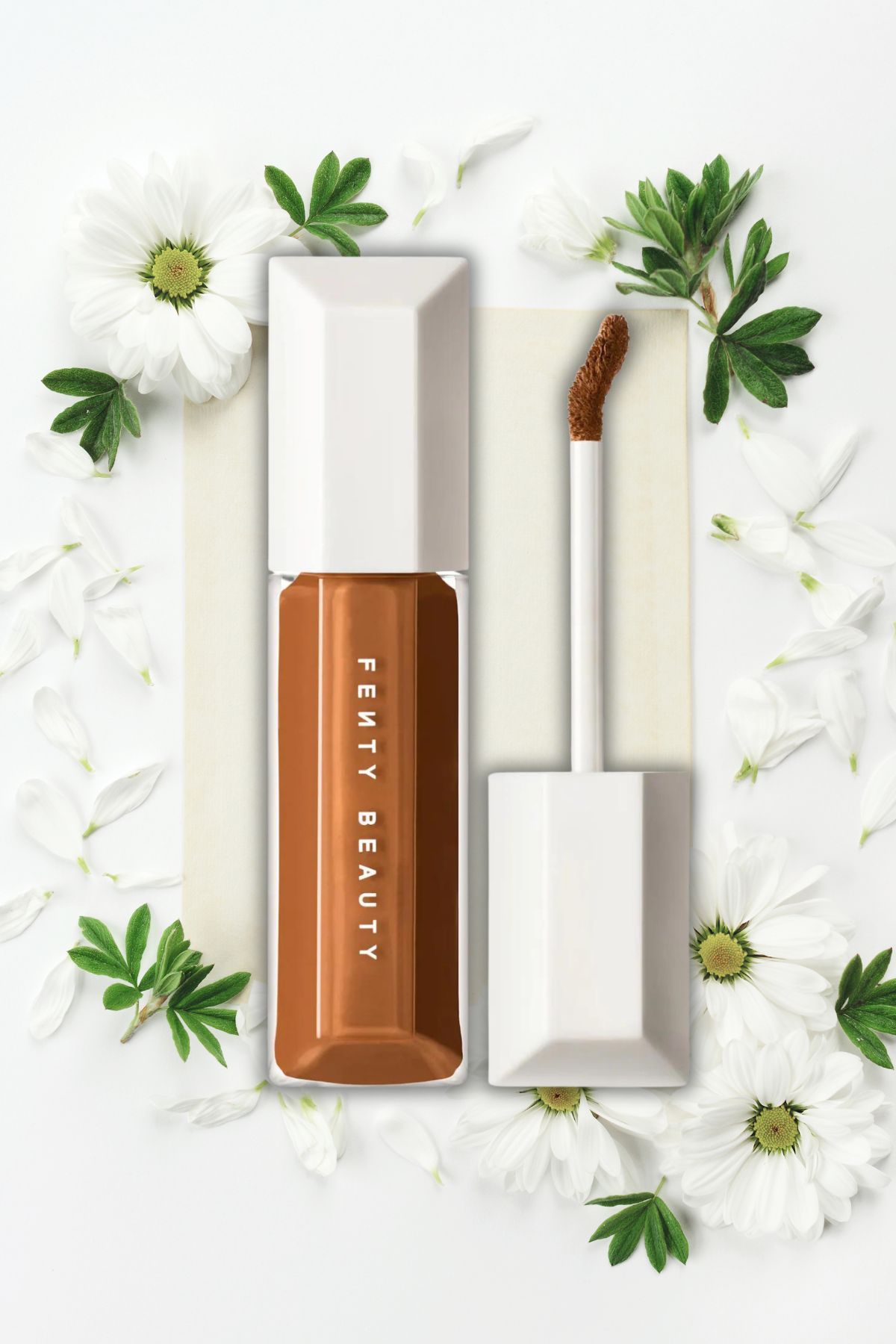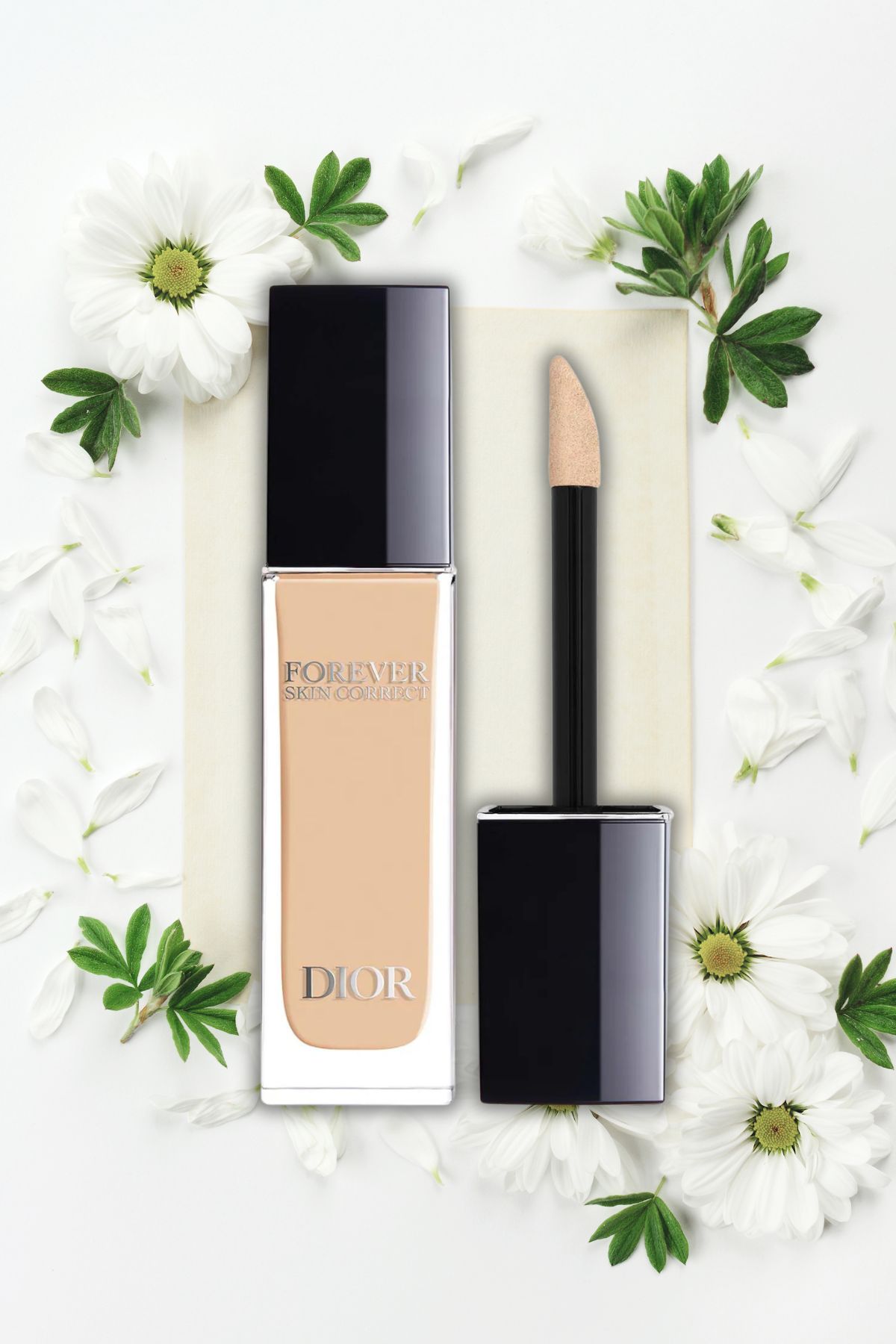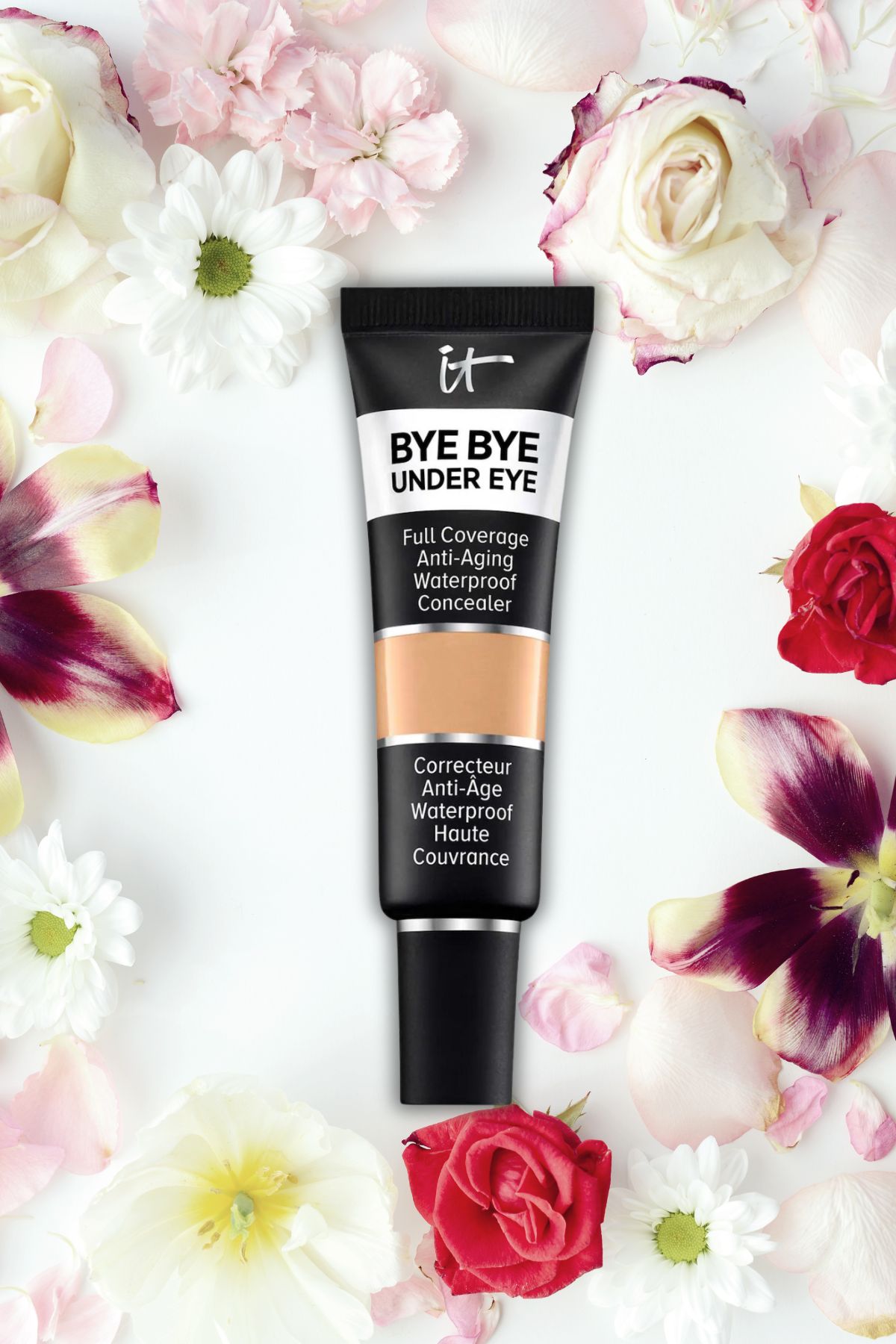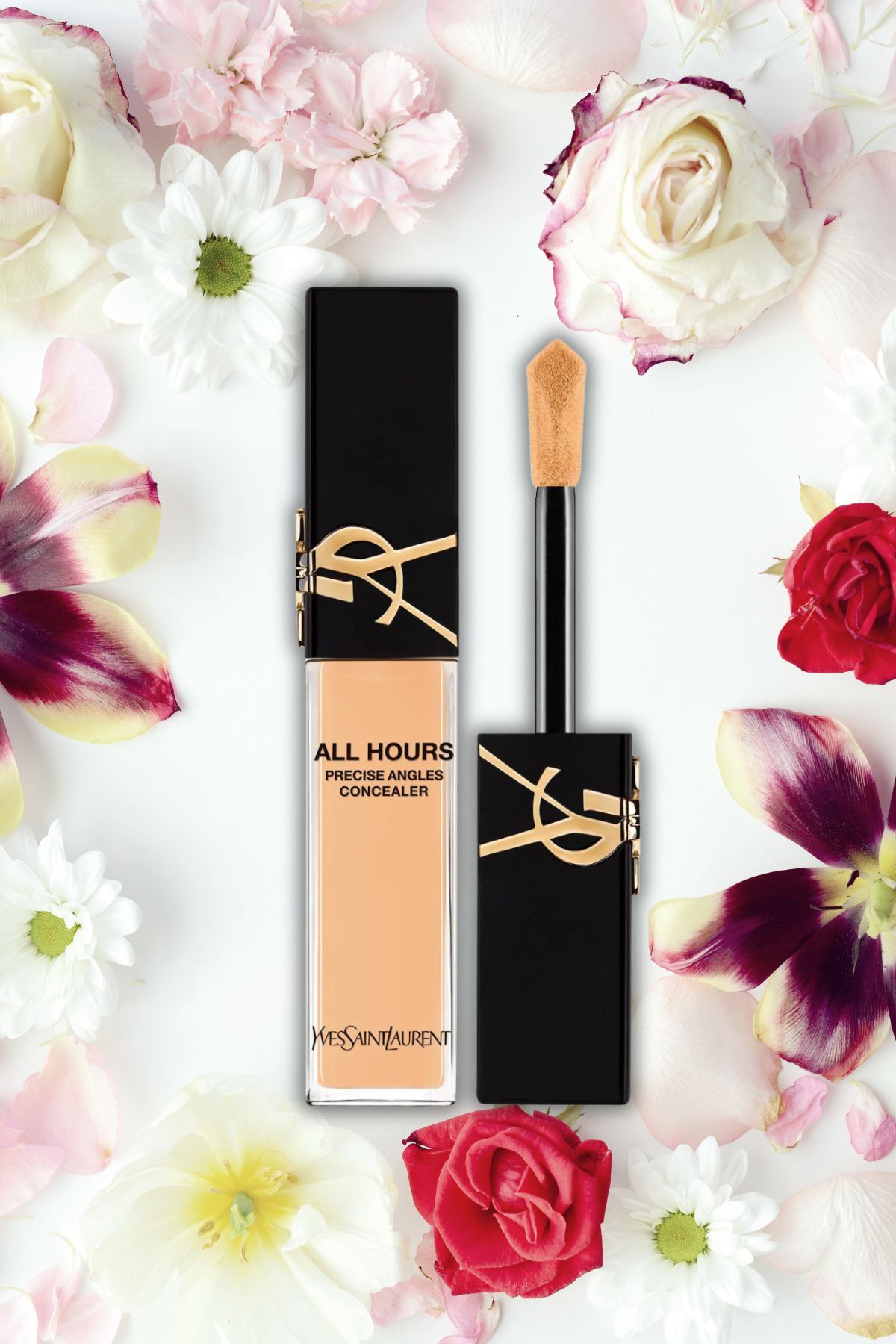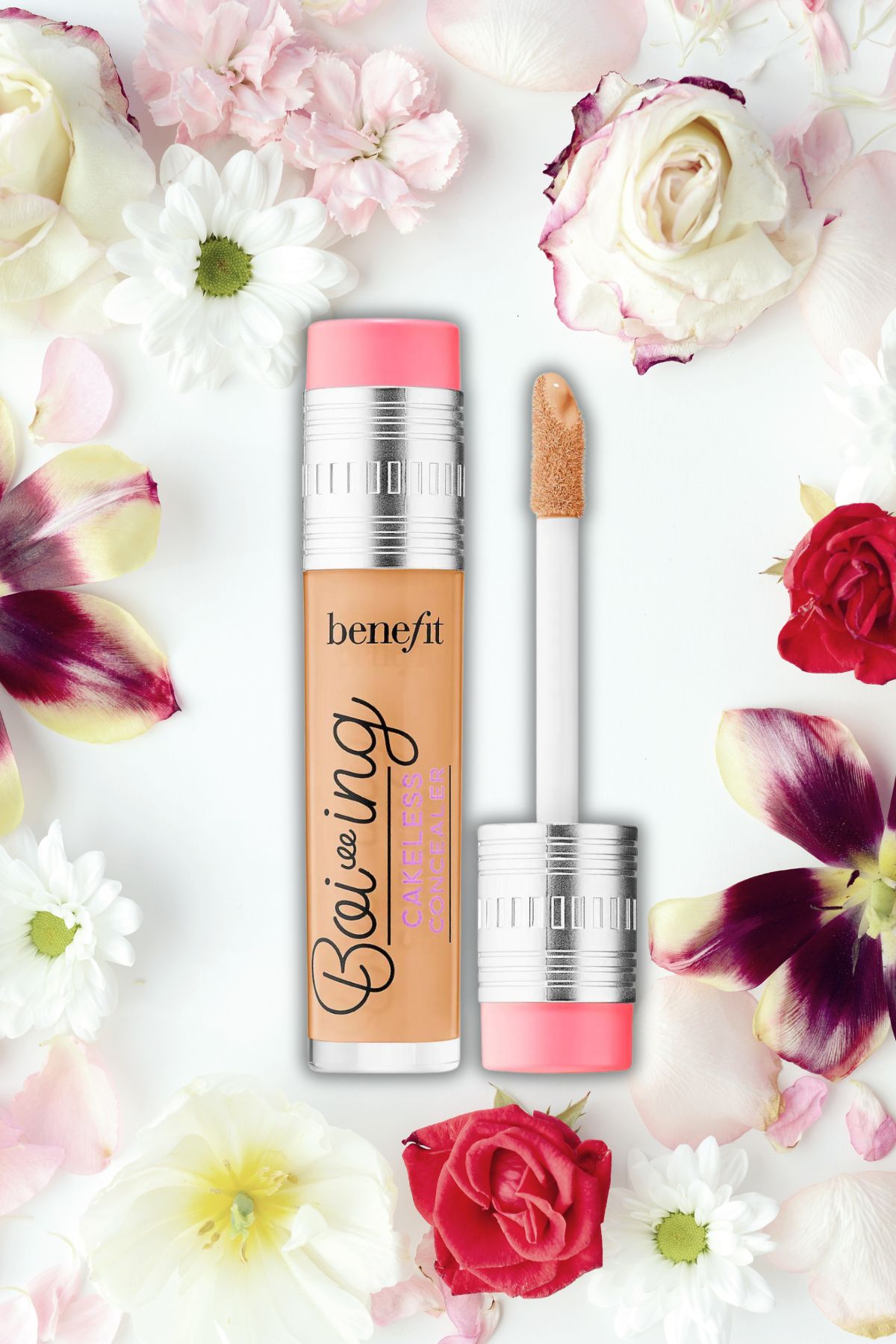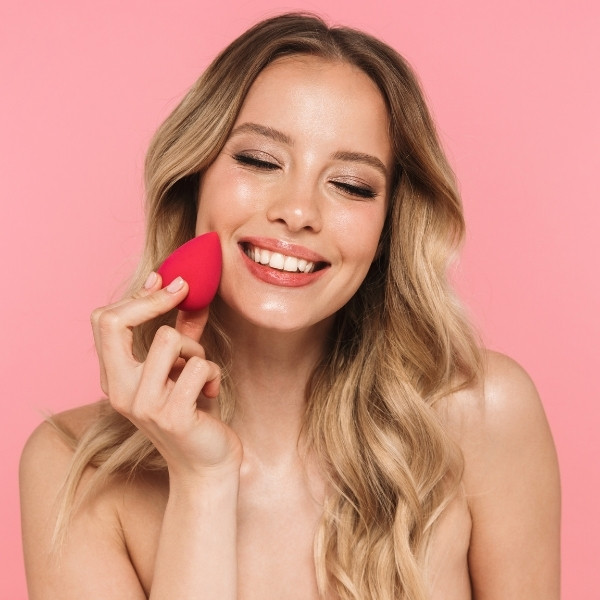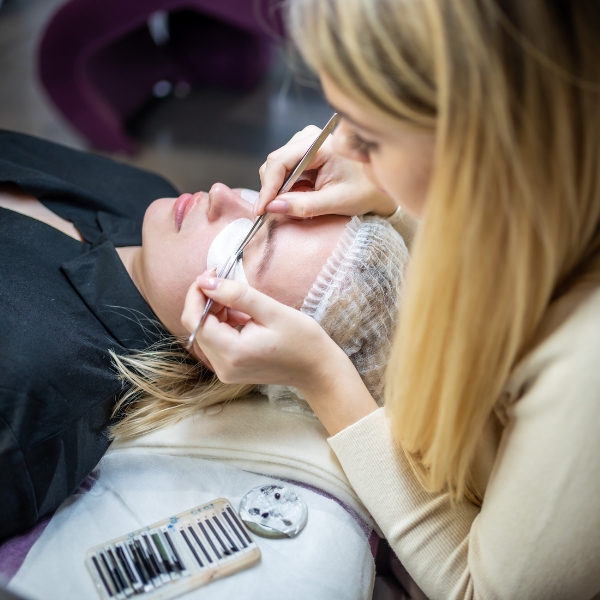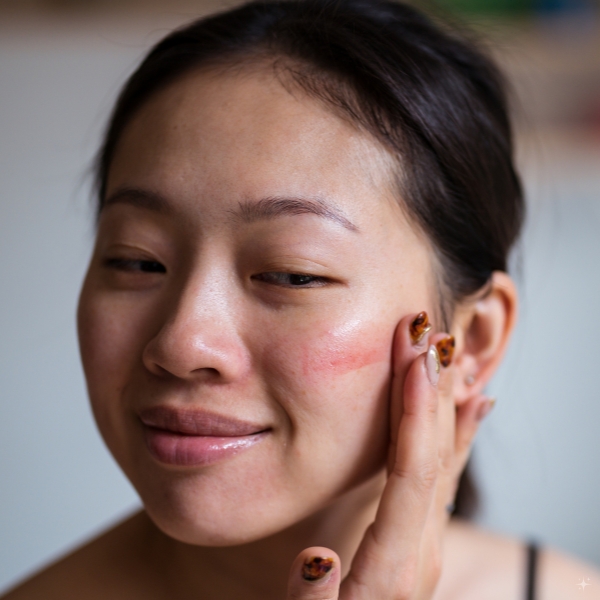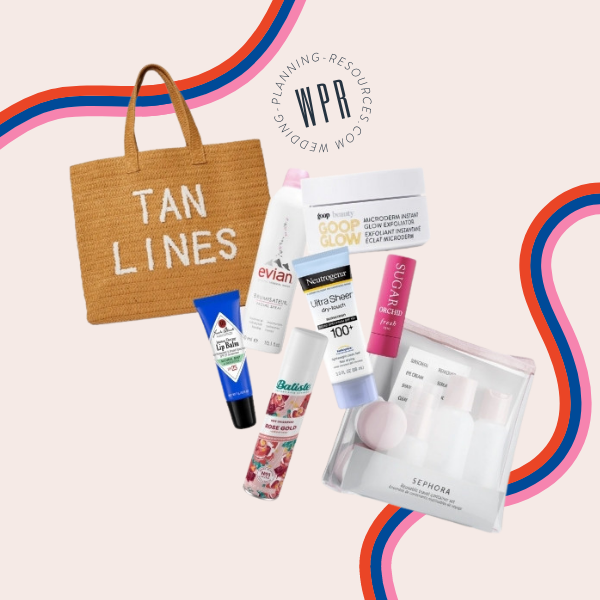Makeup Tips Concealer: What You Need To Know. The Concealer Connection: 10 Must-Know Tips for Perfecting Your Look. Cover, Correct, and Conquer: Mastering Concealer Techniques Like a Pro. Bright Eyes, Flawless Face.
This site contains affiliate links. For more info, please see our full disclosure.
Concealer is a powerful tool in any makeup arsenal, capable of enhancing your natural beauty. However, using concealer correctly requires more than just dabbing it on and blending it out.
They are specifically designed to cover up imperfections such as blemishes, dark spots, redness, and under-eye circles. They provide targeted coverage, allowing you to conceal problem areas and create a more even complexion.
Concealers can work wonders in boosting your confidence by concealing any areas of concern and helping you feel more comfortable and self-assured in your skin. Whether you’re dealing with breakouts, dark circles, or discoloration, a well-applied concealer can make all the difference in how you feel about your appearance.
They not only provide coverage but also help improve the longevity of your makeup. By creating a smooth, even base, concealers help your foundation and other makeup products adhere better to the skin, ensuring that your makeup stays put throughout the day.
Having a concealer can be incredibly versatile and can be used in a variety of ways beyond just covering imperfections. They can double as eyeshadow primers, lip primers, and even contouring products, making them a multi-functional addition to your makeup bag.
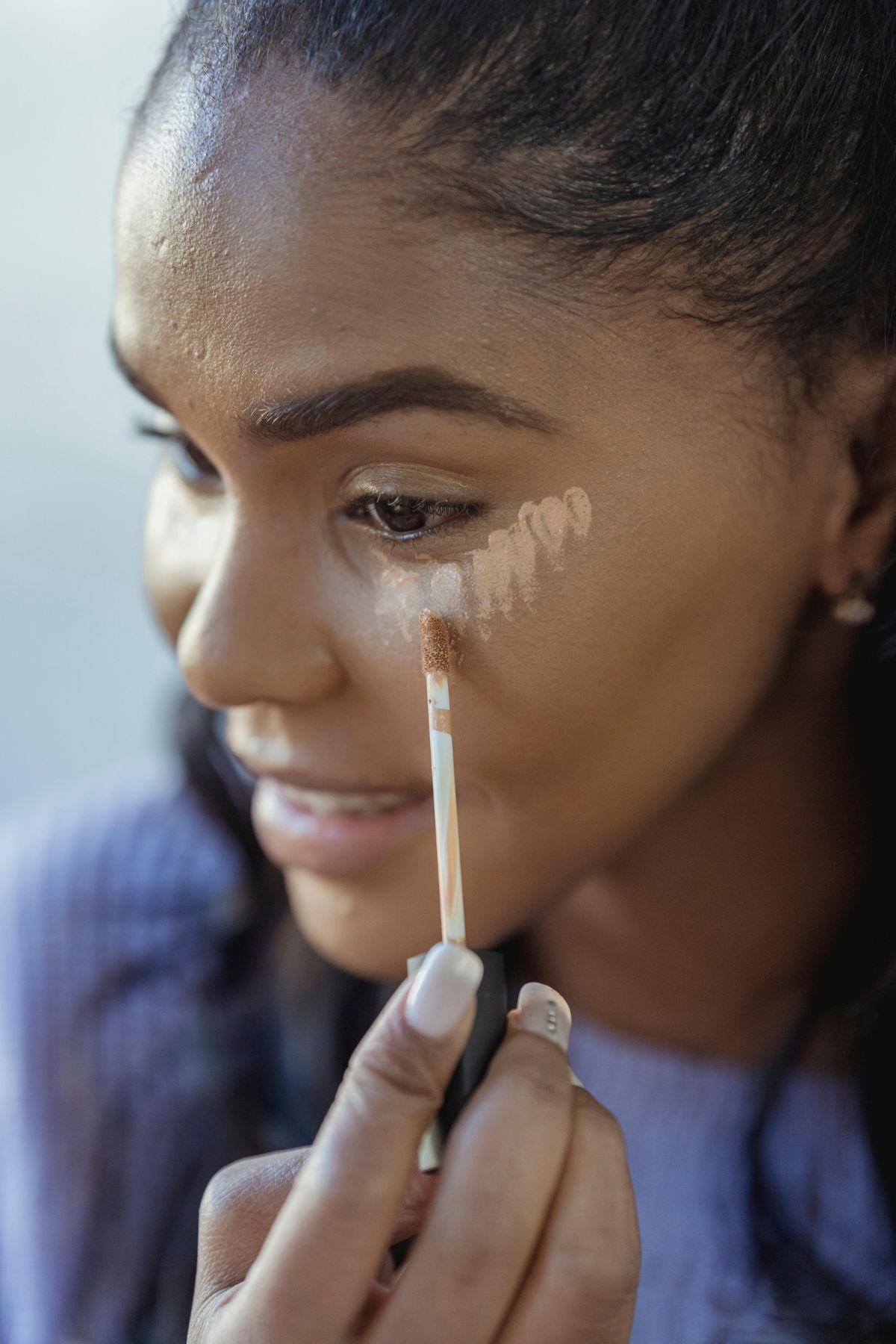
Makeup Tips Concealer
Choose the Right Shade
Selecting the correct shade of concealer is crucial for achieving seamless coverage. Choosing a concealer shade that matches your skin tone or is slightly lighter to brighten the under-eye area.
Knowing which part of your skin you are covering or enhancing will help you find the right shade. If you have redness, a green color corrector can be helpful as a base on that area before applying the concealer shade that is 1-2 shades lighter than your actual skin tone.
Prep Your Skin (Makeup Tips Concealer)
Before applying concealer, ensure that your skin is clean, moisturized, and primed. A lightweight, hydrating moisturizer to prep the skin and a primer to create a smooth base for makeup application.
This helps the concealer blend more easily and prevents it from settling into fine lines or creases.
If you have sensitive skin and have bumps, exfoliate or use a clarifying toner (we love the ones from Clinique!) to remove all the excess dead skin cells sitting on top of the bumps. This will ensure your concealer will not be cakey and won’t look cracked as you start layering products on.
Use Sparingly
A common mistake when applying concealer is using too much product. Applying an excessive amount of concealer can lead to a cakey or heavy appearance. Start with a small amount and build up coverage as needed to avoid overloading the skin.
Apply concealer sparingly and build up coverage as needed. Start with a small amount of product and blend it out gradually, focusing on areas with discoloration or blemishes for targeted coverage.
Pat, Don’t Rub
When applying concealer, gently pat or dab the product onto the skin using your ring finger or a makeup sponge.
Depending on what you are using the concealer for, using the right type of brush will help. For specific spots or acne marks, a thin concealer brush will help in being accurate.
Using a cream or liquid concealer is something also dependent on the coverage you need as well as your skin type. We’ll discuss more about this later in this article.
Rubbing or tugging at the delicate skin around the eyes when applying concealer can cause irritation, redness, and premature aging. Instead, use gentle tapping or dabbing motions with your ring finger or a makeup sponge to blend concealer seamlessly into the skin.
Set with Powder
To prolong the wear of your concealer and prevent creasing, set it with a translucent or tinted setting powder.
Use a fluffy brush to lightly dust powder over the concealed areas, focusing on the under-eye area and areas prone to creasing.
This helps to lock the concealer in place and mattify the skin for a smooth, long-lasting finish.
If you are looking for a dewy finish, a setting spray will help keep that subtle glow.
Choose Formulas Wisely (Makeup Tips Concealer)
When selecting a concealer, consider your skin type and specific concerns.
Using the wrong formula of concealer for your skin type can exacerbate issues such as dryness, oiliness, or breakouts. Choose a concealer formula that is suitable for your skin type, whether it’s hydrating for dry skin, oil-free for oily skin, or non-comedogenic for acne-prone skin.
NORMAL SKIN: Creamy or liquid concealer with a lightweight texture. Look for hydrating formulas that provide medium coverage without feeling heavy on the skin. Creamy concealers with moisturizing ingredients like hyaluronic acid or vitamin E are excellent choices for normal skin types.
DRY SKIN: Hydrating and creamy concealer with moisturizing properties. Opt for creamy concealers that provide ample hydration and won’t accentuate dry patches or fine lines. Look for formulas enriched with ingredients like glycerin, shea butter, or ceramides to nourish and hydrate the skin while providing coverage.
OILY SKIN: Oil-free or matte concealer with a lightweight texture. Choose oil-free or non-comedogenic concealers that offer long-lasting coverage without clogging pores or exacerbating oiliness. Matte concealers with oil-absorbing properties help control shine and keep makeup in place throughout the day.
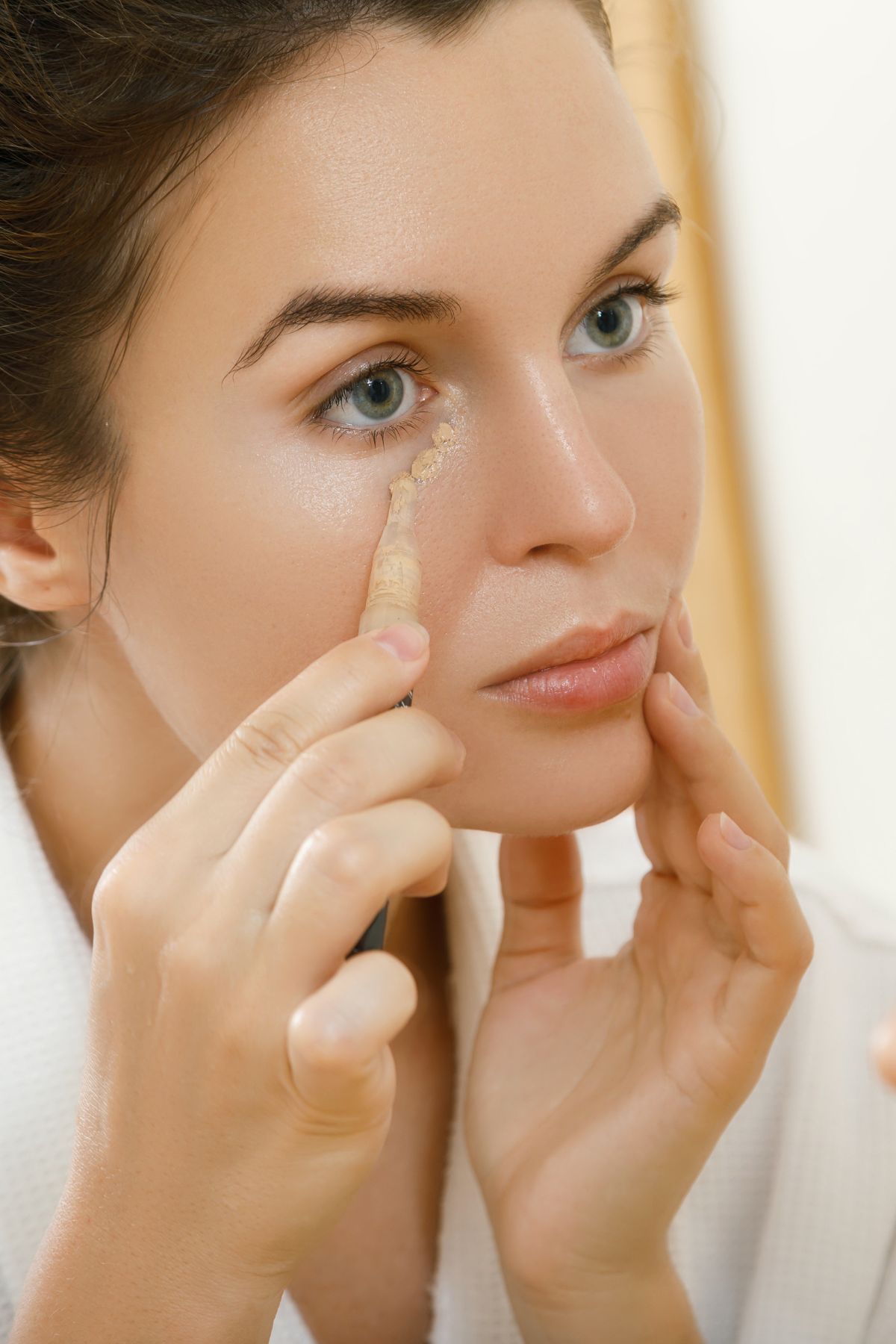
COMBINATION SKIN: Lightweight and buildable concealer with a natural finish. Look for versatile concealers that can address both dryness and oiliness without compromising coverage. Lightweight, buildable formulas with a natural finish are ideal for balancing combination skin, providing coverage where needed without feeling heavy or greasy.
SENSITIVE SKIN: Hypoallergenic, non-comedogenic (doesn’t clog pores), oil-free, and fragrance-free concealer with soothing properties. Always do a patch test not just around your neck, but also a small dab on sensitive areas like the undereye to see if you have an allergic reaction before using it on your whole face.
**TIP FROM AN ACNE-PRONE SKIN PERSON: (That’s me, Maria!) The one concealer that I swear by is Vichy Dermafinish Corrective Foundation Stick. It’s thick enough to cover my brown and red pimple spots, but light enough to blend in with my whole face makeup. I only use Mac Studio Fix Powder Foundation all over my face and it blends so well together. It covered even the driest pimple.
MATURE SKIN: Hydrating and anti-aging concealer with a luminous finish. Choose hydrating concealers with anti-aging properties that help minimize the appearance of fine lines and wrinkles. Look for formulas infused with ingredients like peptides, antioxidants, and brightening agents to rejuvenate the skin and impart a radiant, youthful glow.
TIP: Don’t forget to add SPF (sunscreens) to your routine to protect your skin from sun damage!
Blend Seamlessly
Blending is key to achieving a natural-looking finish with concealer. Use gentle tapping or dabbing motions to blend the concealer into the skin, working from the center of the face outward.
Pay extra attention to the edges to ensure a seamless transition between the concealed areas and the rest of the skin.
Which goes first (concealer or foundation) depends on your skin type and needs. Trying different combinations will help you find which way works for your skin best.
Sure, it’s easy to listen to professionals, but we also know our skin better than anyone else. This is your makeup and skincare routine because you already know what works for you and what doesn’t.
Color Correctors
In addition to concealer, color correctors can help target specific skin concerns such as dark circles, redness, or discoloration.
Using color correctors in conjunction with concealer to neutralize unwanted undertones before applying foundation or concealer for more even coverage.
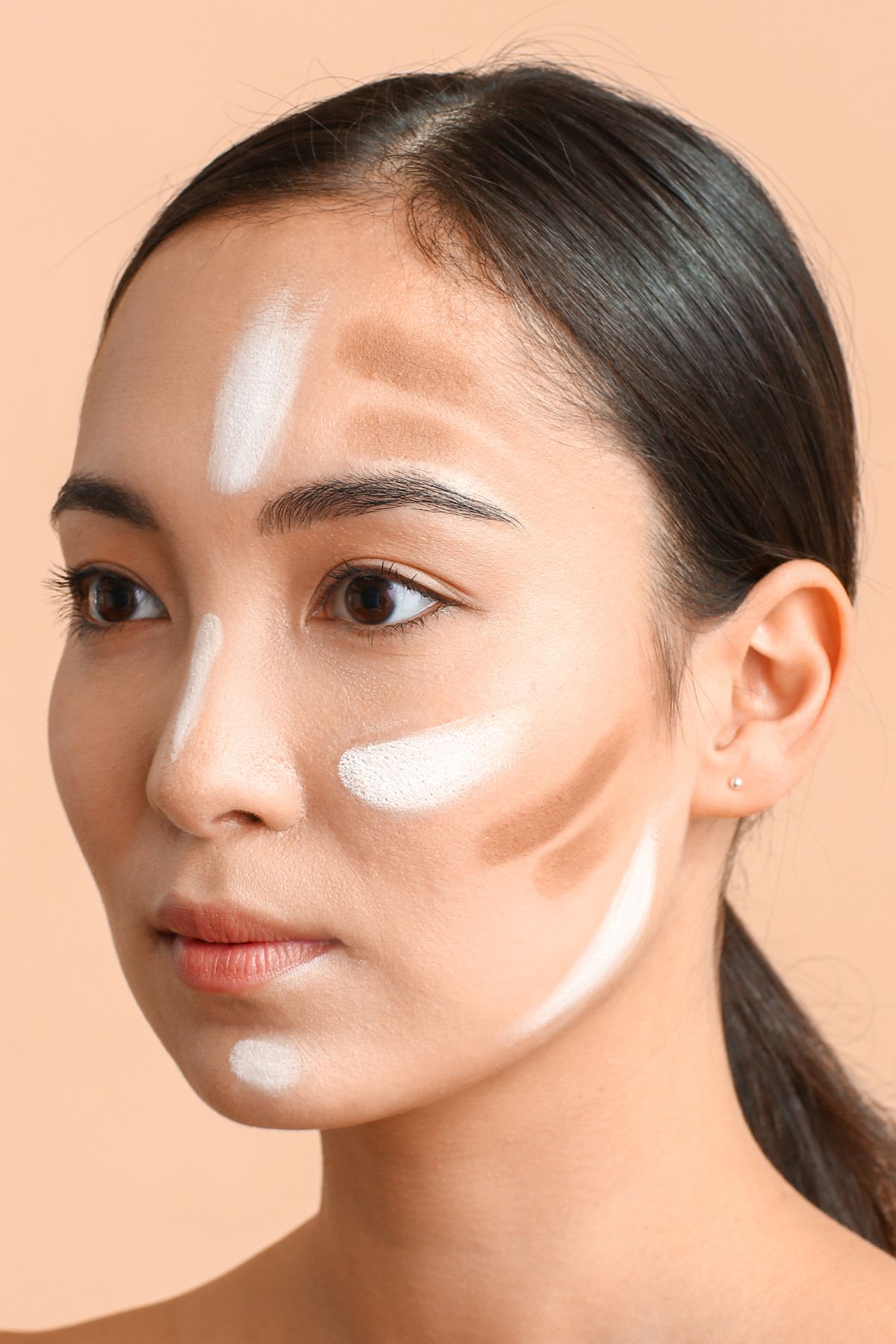
Trials
Before you find the “right” concealer that fits your skin’s needs, there might be a lot of trials needed. Not only that but during different seasons, your skin will fluctuate. For example, in the winter, you will be more dry, and in the summer, you’ll most likely be oily.
Having your holy grail of products will help you not just feel extra confident, but also make your makeup routine much easier and efficient.

With the right techniques and products, concealer can be a game-changer in your makeup routine, helping you achieve flawless, radiant skin.
By following these dermatologist-approved tips, you can make the most of your concealer while promoting skin health and avoiding common pitfalls.
Remember to choose the right shade, prep your skin properly, use sparingly, pat gently, set with powder, select formulas wisely, blend seamlessly, and know when to use color correctors for optimal results.
Every skin type and need is different, you’ll have to find the right combination of products that works for you. Enjoy the journey!

